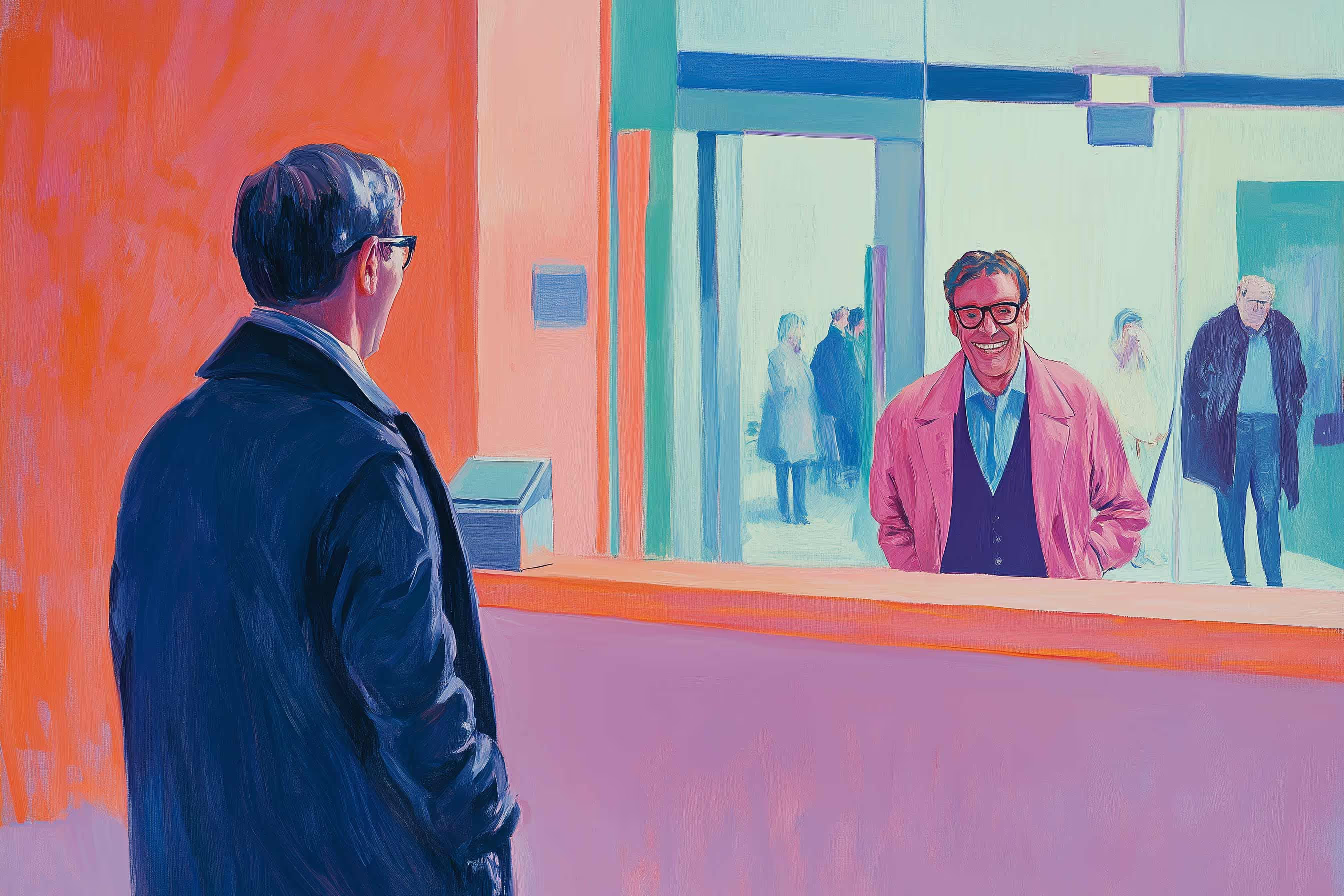Réservez votre appel maintenant
Je fonce !

The Bract Agency
Agence de Branding + Digital
Tel-Aviv, Paris, San Francisco
Tel-Aviv, Paris, San Francisco
Fondée en 2019
par Lisa Picovschi

Depuis Paris, Londres, Tel Aviv, San Francisco et New York, notre équipe s'est réunie autour d'un objectif commun : donner aux entrepreneurs les moyens d'atteindre leurs objectifs les plus ambitieux.
Nos résultats
Nous savons combien il est difficile de trouver une agence marketing fiable et performante. C'est pourquoi nous pensons que seul des résultats chiffrés peuvent démontrer notre investissement.
236k
visiteurs
De 60 000 à 236 000 visiteurs, de façon organique, en 6 mois pour le site web d'Heritage & Succession.
182%
leads
+182 % de leads grâce au nouveau site web d'Avocats Picovschi, le site web du cabinet d'avocats #1 en France.
+20M
boutiques
APPARIS a signé plus de 1000 magasins aux États-Unis grâce à notre stratégie.
1er sur Google
Classé premier sur Google, deux mois après le lancement du nouveau site Web d'iOptima.
Some of our clients








Successful Projects
+35
Since 2019, we have completed more than 35 projects, from startups to established companies, partnering with ambitious teams.
Raised by our clients
150M
Our clients have successfully raised between $3 million and $50 million from venture capital firms. We’re proud to say that our work played a significant role in their success.
Nos clients
Nos services
1
Strategie
Nous clarifions votre objectif et créons de nouvelles opportunités de croissance auxquelles vous n'aviez pas pensé.

Analyse du marché
Tendances et informations
Cartographie
Positionnement
Messagerie
Ciblage
Stratégie créative
2
Branding
Nous créons des marques qui s'adressent directement aux personnes qui vous attendent.

Logo Design
Color Palette
Icon Design
Typography
Pitch Deck
Photography
3D Design
Design System
3
Site internet
Nous designons et développons des sites qui apparaissent sur les premières pages de Google.

Site Map
UX, UI
Website Design
Webflow Development
Animations
API Plugging
CMS Creation
SEO Optimization
4
Croissance digitale
Imaginez être classé premier sur Google, des publicités qui captivent instantanément : avec nous, cela devient votre réalité.

360° Growth Strategy
SEO & GEO Strategy
SEO & GEO Content
Social Media Template
Social Media Ads
Google Ads
Analytics & Reports
En savoir plus






